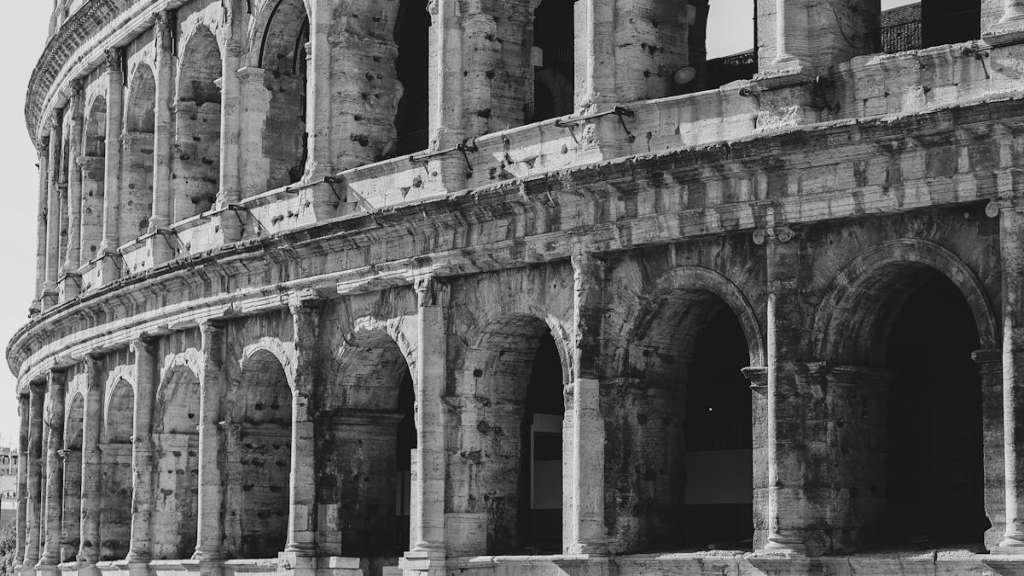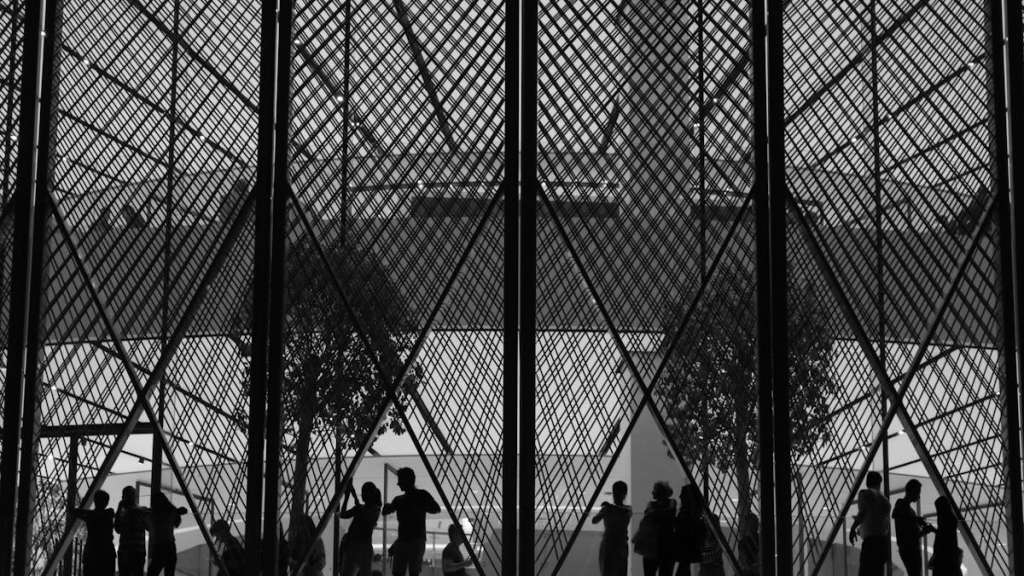As we venture into the future, the landscape of architectural design is rapidly evolving. New technologies and changing societal needs shape the trends in architectural design, sparking creativity and innovation in unprecedented ways. It’s fascinating to observe how sustainability, smart materials, and experiential spaces play pivotal roles in redefining our built environment. This transformation invites us to reevaluate our relationship with the spaces we inhabit.
Main Points
- The rise of sustainable architecture and eco-friendly materials.
- The integration of smart technology into everyday structures.
- The focus on human-centric and experiential design.

Sustainable Architecture: Pioneering Eco-Friendly Solutions for Tomorrow’s Cities
As urbanization continues to surge, the demand for sustainable architecture has never been more pressing. Sustainable architecture focuses on minimizing energy consumption and promoting environmental balance through innovative design. This approach not only addresses the immediate needs of today but also plans for the future well-being of our planet.
The Importance of Sustainable Architecture
By utilizing eco-friendly materials and integrated energy solutions, architects can create spaces that are not only aesthetically pleasing but also reduce the carbon footprint. This transformation is crucial for the following reasons:
- Environmental Impact: Sustainable architectures prioritize the use of renewable resources, minimizing waste and pollution.
- Energy Efficiency: Implementing smart technologies and sustainable practices can drastically reduce energy consumption, leading to lower bills for occupants.
- Resilience: Buildings designed with sustainability in mind offer better resistance to climate-related challenges, ensuring safety and longevity.
Innovative Techniques in Sustainable Architecture
Modern architects are embracing various techniques to elevate sustainability in their projects. For instance, solar panels are becoming standard fixtures, providing clean energy and reducing dependency on non-renewable sources. Rainwater harvesting systems are also implemented, allowing buildings to utilize natural precipitation, thereby conserving precious water resources.
Moreover, the concept of green roofs is gaining traction. These roofs not only insulate buildings but also promote biodiversity by providing habitats for urban wildlife. As cities evolve, integrating nature into urban spaces becomes increasingly essential.
The Future of Urban Sustainability
Looking forward, the synergy between technology and sustainable architecture will shape the cities of tomorrow. Architects and urban planners must collaborate to devise solutions that can adapt to changing environments. Concepts such as mixed-use developments enhance community bonding while reducing the need for transportation, promoting a healthier lifestyle.
In conclusion, embracing sustainable architecture is not merely a trend; it is an imperative shift towards harmonizing urban development with ecological stewardship. The choices made today will dictate the quality of life for generations to come. Thus, prioritizing eco-friendly solutions will lead us to a more sustainable future.

Smart Technology Integration: Revolutionizing Building Design and User Experience
In today’s rapidly evolving world, the integration of smart technology into building design has become more crucial than ever. This shift is not merely a trend; it is a revolution that promises to enhance user experience significantly. The interplay between innovative design and technology has redefined how we perceive, interact with, and inhabit our spaces. So, how exactly is this integration reshaping our environments?
The Synergy of Aesthetics and Functionality
Designers once prioritized aesthetics over functionality. However, this approach has transformed dramatically. Smart technology now syncs seamlessly with architectural design, enhancing both building performance and visual appeal. Imagine walking into a space where lighting adjusts automatically based on the time of day or one where climate control is optimized for comfort without sacrificing energy efficiency—this is not just a dream but a reality in many modern buildings.
Enhancing User Experience
At the heart of this technological revolution lies the user experience. Smart features, such as built-in automation systems, allow occupants to customize their environments effortlessly. Users can control lighting, temperature, and even security systems through mobile applications. These changes create a sense of ownership and personalization that was once absent. However, one might wonder: with all this convenience, can it lead to dependency on technology? Perhaps. But it also opens up new avenues for interactive living.
Challenges of Integration
Despite its numerous benefits, integration poses several challenges. For instance, the initial cost of incorporating advanced technology can be daunting for some. Additionally, compatibility issues between different systems may arise, creating confusion rather than harmony. It’s vital to address these concerns to ensure that the benefits of smart technology are accessible to all.
A Sneak Peek into the Future
Looking ahead, the future of building design appears promising. The demand for smart buildings will likely increase, as sustainability becomes a priority. Technologies powered by artificial intelligence will play a significant role in making buildings not just smarter but also more attuned to human needs. However, it’s essential to remain cautious. The balance between technology and human interaction must be preserved.
| Smart Technology Features | Benefits |
|---|---|
| Automated Lighting | Energy Efficiency |
| Climate Control Systems | Increased Comfort |
| Integrated Security Systems | Enhanced Safety |
In conclusion, the integration of smart technology into building design significantly enhances user experience and functionality. While challenges exist, the potential for innovation is boundless. As we embrace these changes, we must remain vigilant in ensuring that technology serves our needs while fostering a harmonious relationship between humans and the environments we inhabit.

Adaptive Reuse: Transforming Urban Spaces through Innovative Architectural Practices
In the realm of architecture, adaptive reuse serves not only as a practical solution but also as a creative canvas for designers. The concept involves repurposing old buildings for new functions while retaining their historical significance. This practice addresses numerous urban challenges, from declining infrastructures to the pressing need for sustainable development. Our cities are often marked by structures laden with stories. So, adapting them breathing new life into them can be a powerful statement of renewal.
The Art of Preservation Meets Innovation
The charm of adaptive reuse lies in its dual purpose. On one hand, it emphasizes preservation, ensuring that the narratives of yesteryear are not lost. On the other hand, it welcomes innovation by incorporating modern design elements. Take, for instance, an old factory transformed into luxury lofts or a disused church converted into a community art center. Such transformations showcase how historical buildings can seamlessly integrate into contemporary urban life. However, one must consider that not all adaptations proceed without challenges. Balancing the need to preserve original features with modern demands often leads to intricate dilemmas for architects and developers.
Benefits Beyond Aesthetics
Beyond mere aesthetics, adaptive reuse offers tangible benefits. It not only reduces construction waste but also minimizes the environmental impact typically associated with new builds. Furthermore, revitalizing existing buildings can stimulate local economies by attracting new businesses and residents. This process fosters a sense of community as it breathes new energy into neglected areas, creating vibrant public spaces. Yet, it raises a crucial question: How do we ensure that these revitalized spaces remain inclusive and accessible? This inquiry fosters important discussions about urban design ethics and community involvement in the redevelopment process.
Case Studies: Success Stories
Examining successful examples reinforces the immense potential of adaptive reuse. The renowned transformation of the High Line in New York City, a derelict elevated railway turned urban park, exemplifies this. It has not only become a beloved green space but also an important connector within the city. Another inspiring case is the Tate Modern in London, where a former power station now stands as a testament to contemporary art and culture. These projects showcase visionary architectural practices that reflect the diverse needs of urban dwellers.
In conclusion, adaptive reuse offers an introspective look at how we engage with our built environment. It challenges the traditional perspectives of architecture by intertwining old and new narratives. As cities continue to grow and evolve, embracing such innovative practices will undeniably play a crucial role in creating sustainable and meaningful spaces.
Conclusion
In conclusion, embracing the latest architectural design trends can significantly enhance our living environments and overall well-being. These trends reflect a deeper understanding of our needs and desires. They encourage harmony with nature, prioritize sustainability, and promote functionality without sacrificing aesthetics. As we navigate the complexities of modern life, it becomes increasingly essential to integrate these elements into our spaces. By doing so, we not only improve our surroundings but also enrich our daily experiences. Therefore, staying attuned to architectural design trends can inspire us to create spaces that resonate with our values and aspirations.
Frequently Asked Questions
What are the current architectural design trends?
Current architectural design trends include sustainable design, minimalism, biophilic design, and smart home technologies. These trends focus on creating functional, eco-friendly, and aesthetically pleasing spaces.
How can I incorporate sustainable practices into my architectural design?
You can incorporate sustainable practices by using eco-friendly materials, optimizing energy efficiency, implementing water conservation techniques, and designing for natural light and ventilation.
What role does technology play in modern architectural design?
Technology plays a crucial role in modern architectural design by enabling advanced modeling, facilitating smart home integration, improving construction techniques, and enhancing project management through software and tools.
